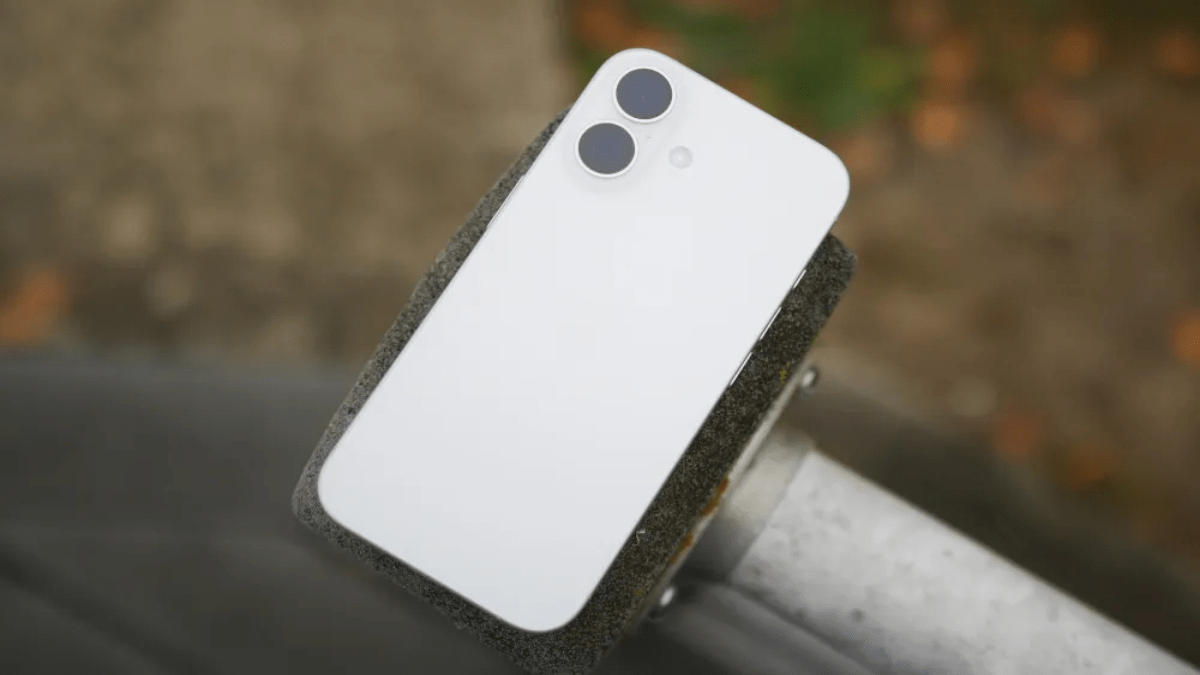
Advertisement
The iPhone 16 made a strong debut, but it might not be generating the same level of excitement as its predecessors. According to a report from Morgan Stanley, shared by AppleInsider, the iPhone 16 and iPhone 16 Plus sold around 37 million units in their first weekend. Despite these high numbers, demand seems to be lower than what the iPhone 15 experienced.
One key indicator of this is lead times—the time it takes for your order to be delivered after purchase. Shorter lead times this year compared to last year suggest demand is down. Here’s a comparison of lead times for this year’s iPhone models versus the iPhone 15:
- iPhone 16 Pro Max: 25.5 days (compared to 43.5 days for the iPhone 15 Pro Max)
- iPhone 16 Pro: 18.5 days (down from 32.5 days)
- iPhone 16: 9 days (compared to 14 days)
- iPhone 16 Plus: 7.9 days (compared to 13.9 days)
Interestingly, the iPhone 16 has the shortest lead time of any iPhone in the last five years, similar to the iPhone 12. But shorter lead times don’t necessarily mean there’s less interest. Apple is known for keeping stock information secret, and these shorter wait times could just indicate that Apple produced enough units to meet demand more efficiently this year.
While initial sales may appear slower, that doesn’t guarantee the iPhone 16 will underperform in the long run. For example, despite lower initial sales, the iPhone 12 led to a record-breaking quarter for Apple nine months after its release.
The new iPhone 16 offers impressive new features, but they may not be enough to convince customers to upgrade right away. Many people seem to be upgrading simply because their current phones are outdated, not because they’re drawn to the iPhone 16’s advanced features, like Apple Intelligence. Additionally, with economic uncertainties and talk of a potential recession, it’s no surprise that some consumers are holding off on buying the latest model unless absolutely necessary.
